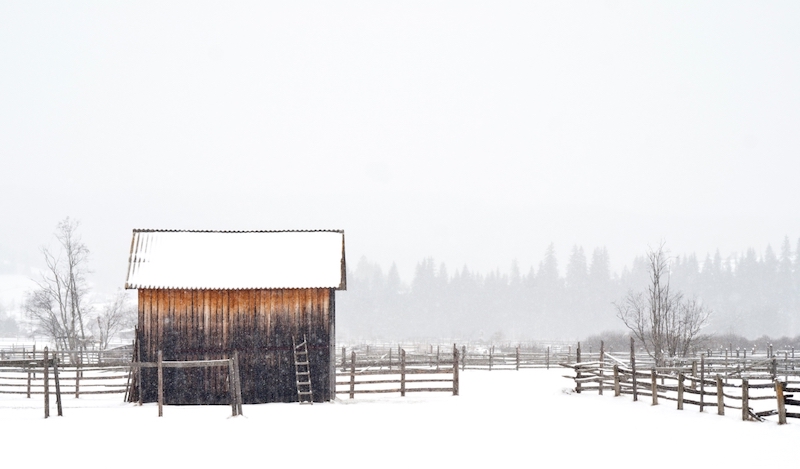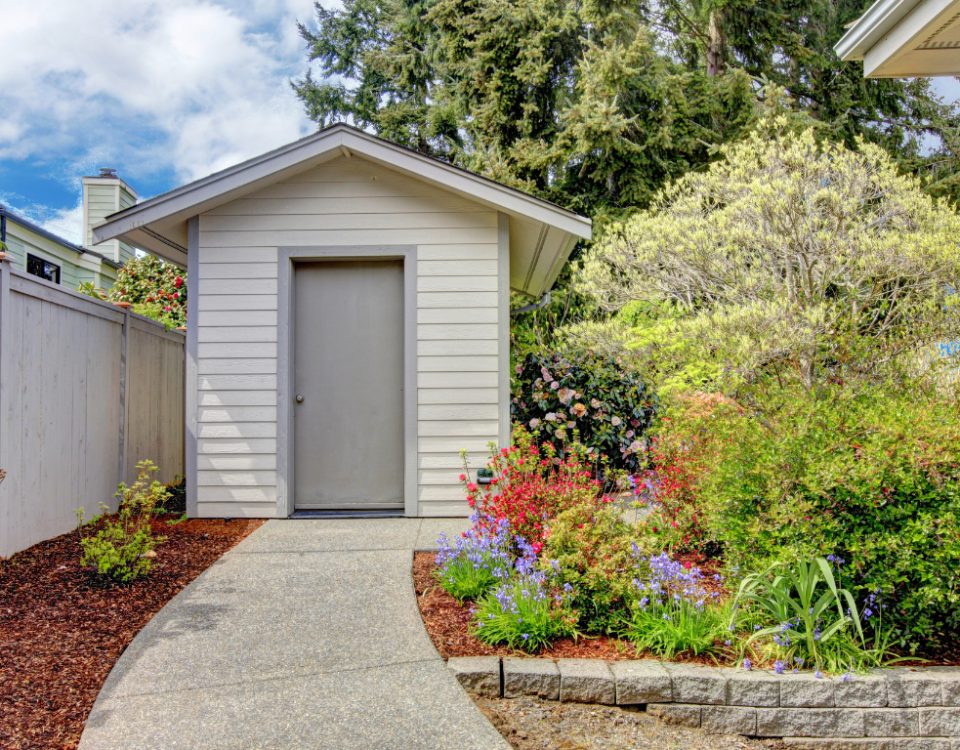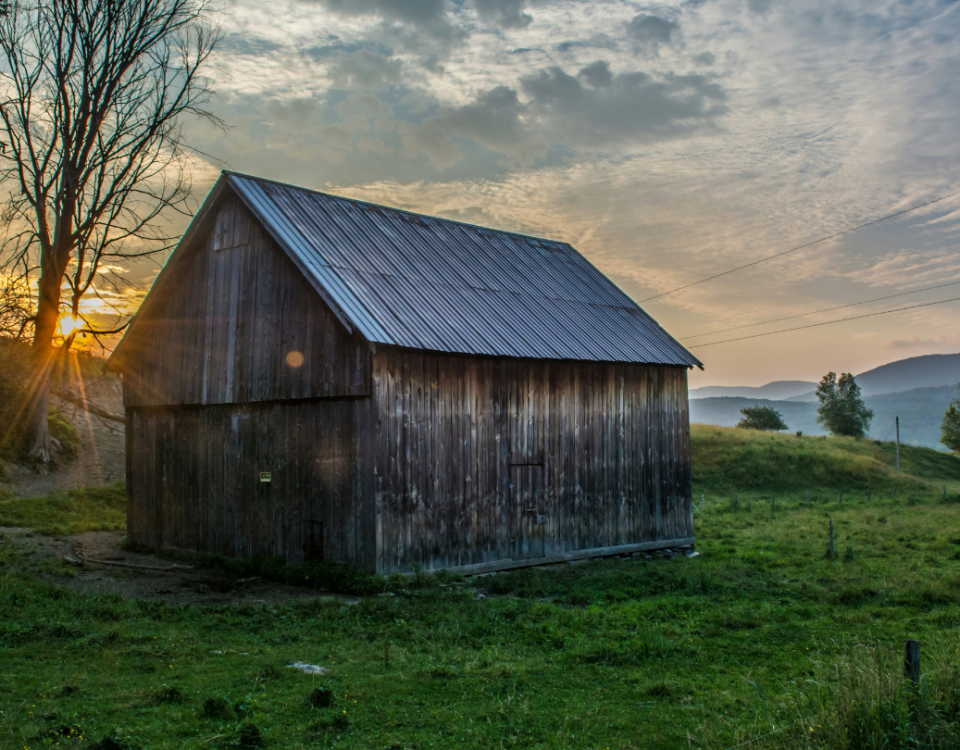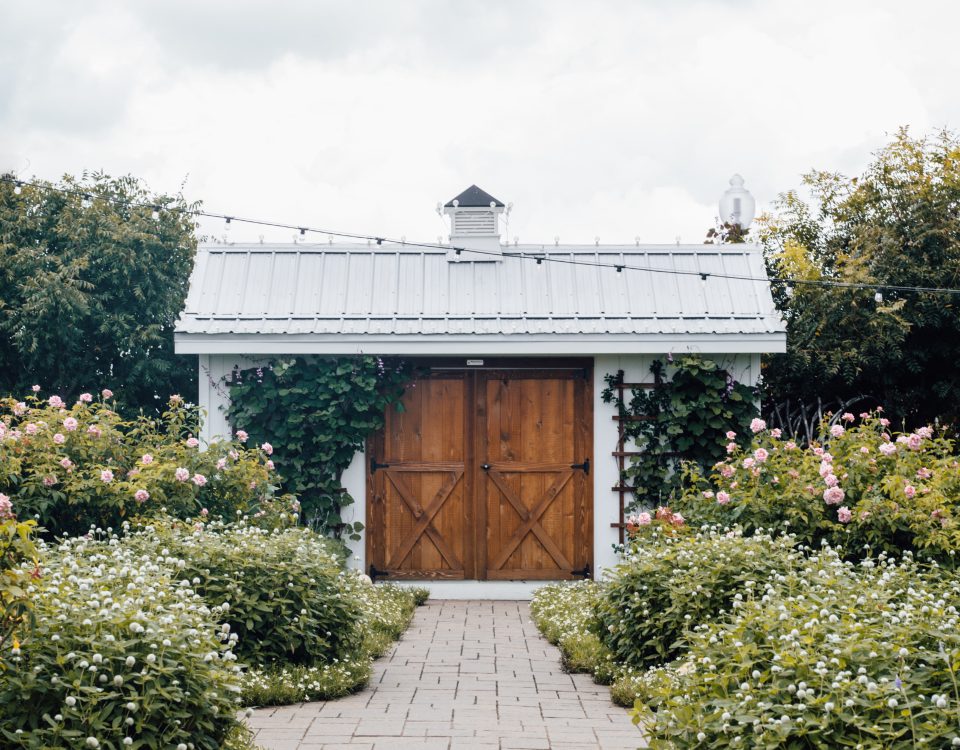
Should You Rent a Storage Unit or Buy a Storage Building in Charlotte NC?
December 6, 2019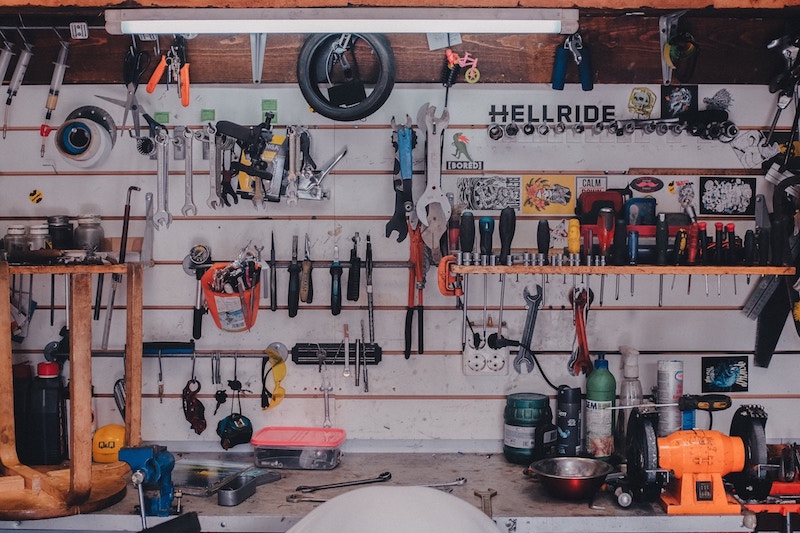
New Year, New Storage Ideas! Take Back Your Garage – Garage Alternatives for Storage
January 28, 2020A winter wonderland sure is beautiful. At least until it starts to deteriorate your home, seep in through cracks, and cause damage to your property. You probably take the necessary precautions to safeguard your home from the cold, wind, and snow. But, what about your shed?
It is easy to forget about your shed, but there it is, sitting in your backyard, taking the brunt of old man winter. Your shed represents not only an investment in the construction, but it protects your lawn equipment, tools, or maybe even a home office (if you’ve turned it into a he/she shed).
Whatever is inside your shed it is important to do what you can to protect it throughout the winter. To help, we have composed some shed maintenance tips you need to perform this winter.
7 Shed Maintenance Tips
Here are the 7 shed maintenance tips that can help protect your shed throughout the winters:
1. Clean The Inside
Now is the perfect time to go through everything and clean it out. Even if you don’t feel like taking a full inventory of what’s inside or servicing your lawn equipment just yet you should, at the very least, sweep it out. If you have any kind of animal food in the shed make sure to remove it, or invest in quality, air-tight containers. Animals will be looking for food during the colder months and if they get even a whiff of food inside your shed they will find a way inside.
You should also check to see if any of the lawn equipment is leaking oil or fuel. Ideally you’ll address this now, but if not make sure to prep the floor so you can clean off the oil and fuel leaks. Also, make sure to remove gas from all of your equipment before you put everything in storage for the winter
2. Inspect Your Walls and Roof
Perform a complete inspection of both the inside and the outside of your shed. Look closely at where walls, the floor, and the roof connect with each other. This is where most cracks will form. If there is a crack there’s a good chance a mouse or other animal will try to enlarge the area and turn your shed into their home for the winter.
If there is any kind of crack you’ll want to address this issue. In the event of a damaged section of the wall or roof, you’ll need to repair it. If there is just a small crack you can use some sealant, such as an expanding foam spray. Just a small amount will do the trick here. You can also contact the team at Barnynard Utility Buildings for help with repairs.
Try to inspect the walls and roof during the day. One of the best ways to spot cracks is to go inside and close off all the doors and windows. After your eyes adjust to the dark it becomes easier to spot light seeping in from any holes within your shed.
3. Check All The Weather Stripping
Weather stripping is one area that is easy to replace and yet extremely important to do. You will want to look around all your windows and doors to check the weather stripping.
Any kind of cracks or breakage will lead to moisture pushing into your shed. Once moisture is in the wood might start to deteriorate, mold can develop (especially on those warmer than usual days that pop up), and it can lead to other issues with whatever you have stored in the shed.
Weather stripping is available at most hardware stores, so make sure you take care of this issue before winter hits.
4. Remove Junk And Debris From Around The Shed
If you have leaves and other debris from local plants around the shed you will want to clear it away. This goes for branches and anything else that might have fallen around the structure. The debris will lead to a number of problems during the winter months.
First, it can lead to some deterioration in wood when you have soggy leaves clinging to one specific area of the shed for months on end. It also may attract rodents to your shed.
While opening your shed in the winter to fold wet spots is frustrating, it isn’t as startling as having mice or raccoons rush out when you open the door. If you notice any debris forming throughout the winter make sure you take care of this as well.
5. Check The Top Of The Roof
Much like your home, you will want to inspect the roof of your shed. If there are any damaged shingles now is the time to replace them. Your shed is only as durable as the weakest link, so a soft shingle can lead to leaks and all kinds of problems later on.
If you need help inspecting the roof of your shed or you would like professional help repairing damaged shingles on your roof you can contact Barnyard Utility Buildings for further assistance.
6. Winterize The Exterior
You don’t want to have any rusted hinges or locks on your shed. Rust on these areas of your shed will expand and grow rapidly during the winter months. Once rust develops, you’ll never be able to fully restore it. You can remove the rust by sanding, but if you notice any heavy build-ups of rust you should have the hinges, handles, or locks removed.
You can also apply a new coat of sealant to your shed. Adding the waterproof sealant or waterproof paint will help maintain the look of your shed while also add another layer of protection to it prior to the cold and wet winter months.
7. Remove Snow From the Roof
Some snowfall is fine and your shed is built to handle this. However, if the snowfall keeps coming and collecting on the roof of your shed you will want to knock it off from time to time.
The weight of the snow can damage the roof of your shed. The constant presence of moisture might also cause some damage with your shingles as well.
It doesn’t take long and you can even use a wide bristle broom to knock the snow off of the top of your shed. Just keep an eye out on the shed throughout the winter.
Protect Your Shed This Winter Season
The winter months can do a number on your shed, if you don’t take proper care of it. From the heavy winds and snow to rain and potential flooding, your shed will be forced to combat against the elements. That doesn’t mean it can’t come out on top without any real damage. All you need to do is follow these seven shed maintenance tips for proper winter maintenance.
No matter the size of your shed or what you have stored inside, you will extend the life of your shed and protect everything on the interior. Should you have further maintenance requirements, are interested in installing a new shed, or your maintenance needs are greater than what you can perform on your own, now is the perfect time to contact the team at Barnyard Utility Buildings. This way, you can have your shed prepped and ready to go for the upcoming winter months.


